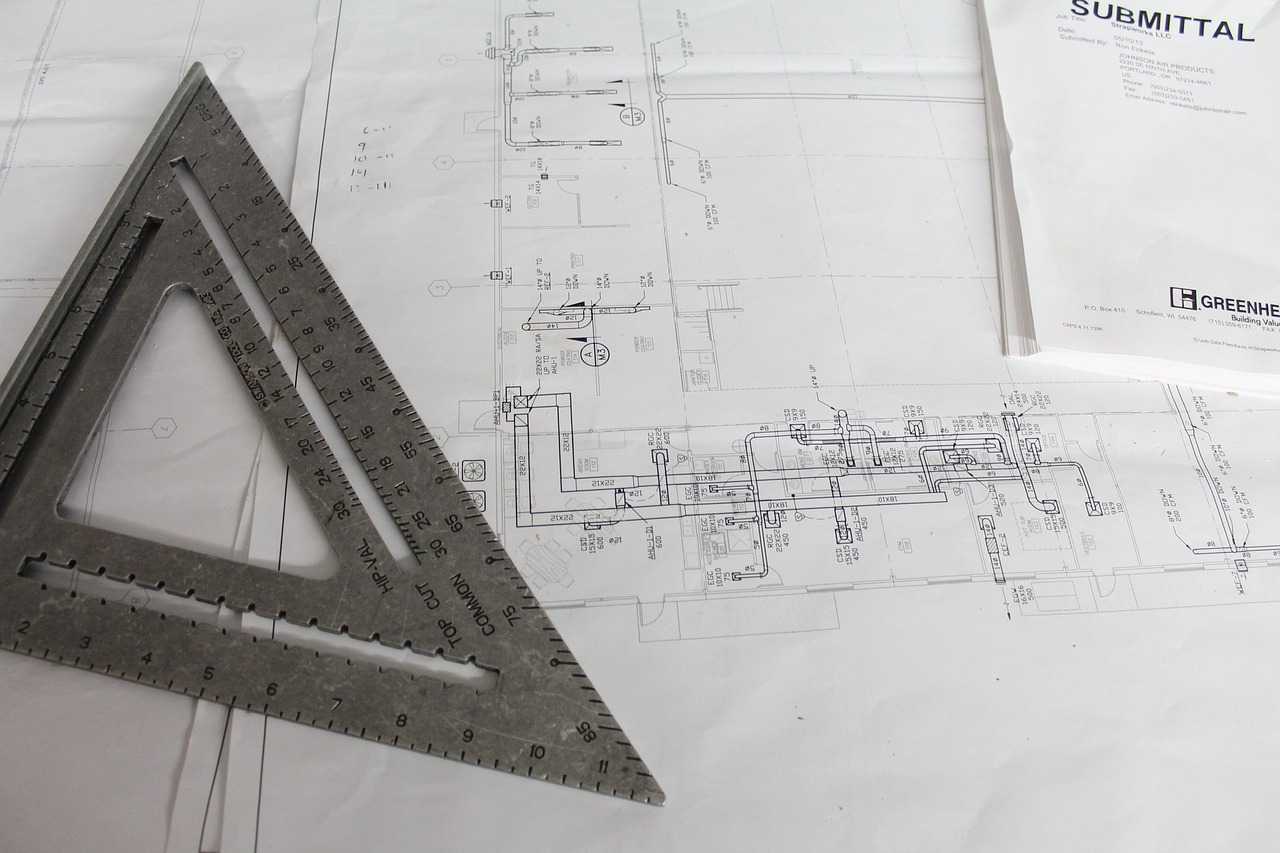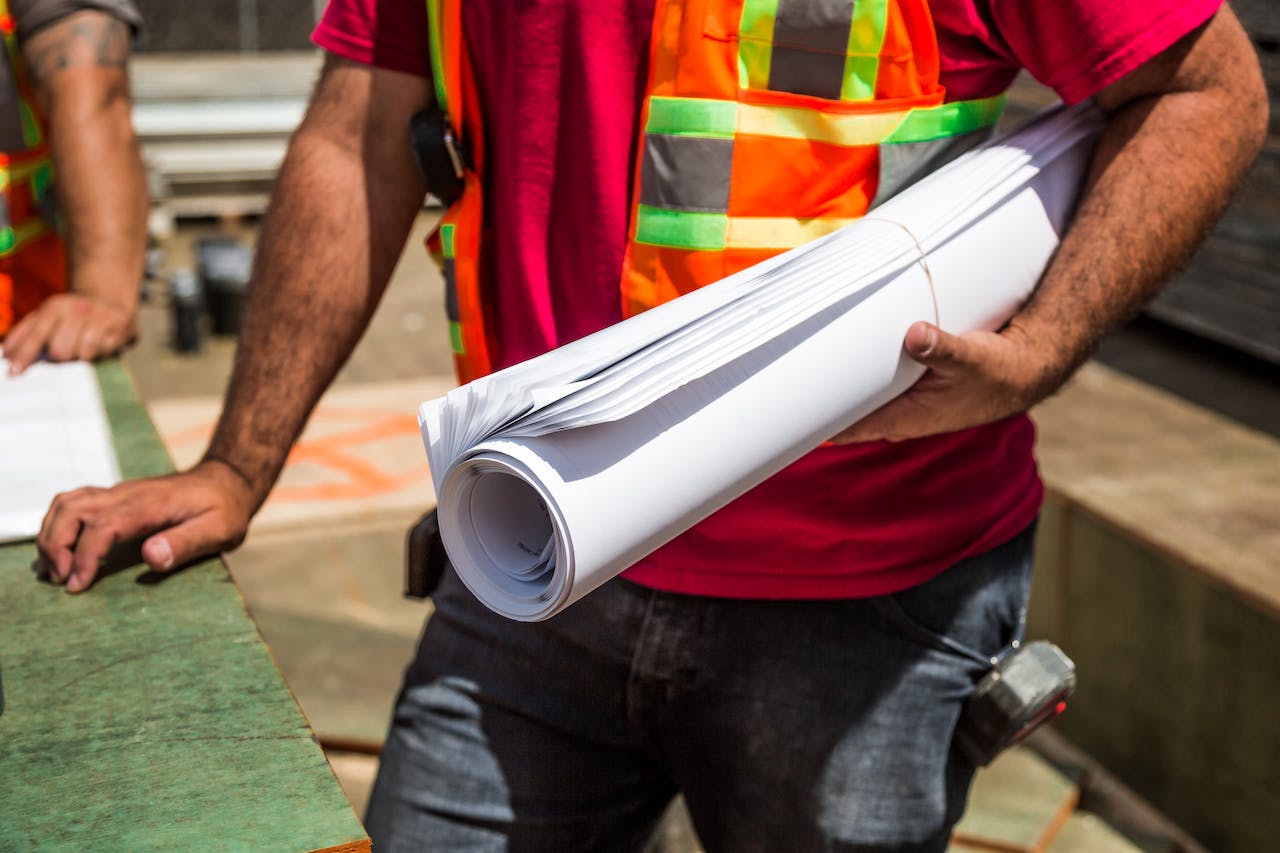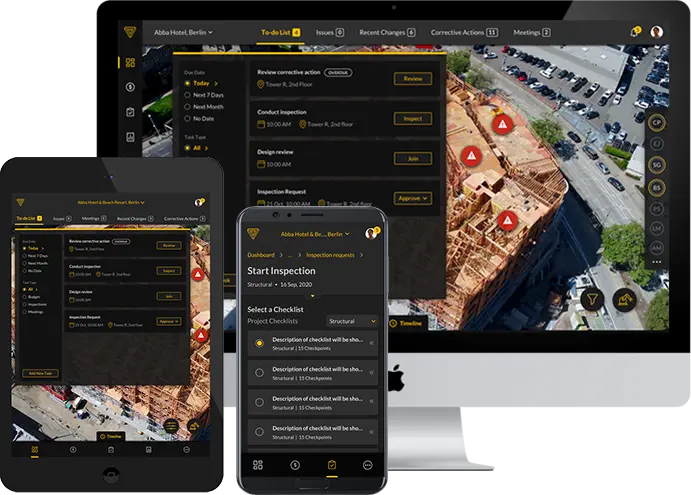In the complex world of construction tasks, efficiently handling submittals is essential. A methodical approach is required to enhance the submission procedure. Exploring how to shorten wait times, improve collaboration, guarantee adherence, and expedite project completion is crucial to using these innovations.
Here are some useful tips, industry standards, and examples to provide your construction team with the resources they need to successfully complete projects and facilitate submittals. Enter a world where projects are completed more quickly and efficiently.
What is a submittal software ?
Digital submittal software is used by the construction industry for effectively tracking, evaluating, and submitting project documentation. Construction project delays and errors are decreased as a result of its ability to accelerate approvals, guarantee compliance with project criteria, and streamline communication.
Project management in the construction industry is changing as a result of the use of innovative submittal software and digital submittals. Here are some notable advantages of using the software to improve efficiency and productivity :
Reducing Costs with Digital Submittals:
Construction processes are being transformed by digital submittals since they drastically cut the expenses associated with paper-based approaches. With a 30% reduction in administrative labour, coupled with a 20% decrease in error-related costs, the financial benefits of digital submittals become even more compelling.
Enhancing Transparency in Project Documentation:
Digital submittals ensure that project paperwork complies with standards and compliance requirements by offering real-time tracking and auditing options. By encouraging a culture of trust and accountability among project stakeholders, this increased transparency helps to reduce miscommunication and conflict.
How submittal software can enhance collaboration :
Submittal software plays a pivotal role in enhancing collaboration within construction projects. Research indicates that projects using submittal software experience up to a 30% reduction in communication-related delays and errors. Architects, engineers, contractors, and subcontractors may all work together in real time, no matter where they are physically located.
This quick accessibility lowers delays, minimises miscommunications, and encourages quicker decision-making. Furthermore, keeping track of document revisions and statuses guarantees that all parties are in agreement, which promotes a more harmonious and effective project environment.
Submittal software essentially acts as a catalyst for better teamwork, which facilitates more efficient project management and productive results.
Environmental Benefits of Digital Submittals:
Besides financial benefits, the use of digital submittals promotes environmental sustainability by lowering energy and paper consumption related to printing and shipping physical papers. This environmentally conscious change is consistent with the construction industry’s sustainability objectives and procedures.
In the construction industry, the submittal process is plagued with difficulties that may adversely impact project schedules and overall productivity. During this crucial stage, some of the major obstacles encountered are outlined below:
Document Coordination:
It can be difficult to manage a lot of paperwork such as material requirements, shop drawings, and product data. To avoid pricey adjustments and delays, it is essential to guarantee adherence to project standards and rules.
Effective Communication:
It is crucial to facilitate communication between engineers, architects, contractors, and subcontractors. Errors and misunderstandings might arise from ineffective communication or delays, which can make the submittal process more difficult.
Regulatory Compliance:
Complying with local, state, federal, and industry-specific regulations requires a lot of work and attention to detail. Verifying compliance is essential and complicates submittals.
A Step-by-Step Guide to tackle the challenges faced :
Achieving efficient project approval requires overcoming the difficulties encountered in optimising construction submittal operations through digital submittal software. The following are essential tactics to help you efficiently use digital submission software:
Select the Right Software:
For your construction project, start by thoroughly assessing and choosing the best digital submittal software. Take into account elements like simplicity of use, scalability, integration potential, and adherence to industry standards.
Training and Onboarding:
Establish that sufficient training and onboarding for the selected software are provided to all team members participating in the submittal process. Their efficiency and skills with the tools will improve.
Centralised Repository:
Create a centralised repository for all project-related papers using the digital submittal program. This reduces the likelihood of working with outdated information and guarantees that all stakeholders have access to the most recent versions of the documents.
Automated Workflows:
Make use of the software’s automation features to set up pre-established submittal routines. Reminders, approval routes, and automated notifications can all help to expedite and shorten the process.
Real-Time Collaboration:
Team members can frequently collaborate in real-time using the software. Enable simultaneous editing and commenting on papers to promote teamwork, which can improve communication and accelerate problem-solving.
The Future of Submittal Management: Trends and Innovations:
Emerging trends and technologies are driving a major shift in the future of submittal management in the construction industry. One major trend is digitization, which involves swapping out paper-based methods with centralised digital platforms that facilitate collaboration and document sharing while cutting down on administrative work and expediting projects.
According to research, quality checks and document routing have been automated by artificial intelligence (AI) and machine learning, which has improved accuracy by 30% and shortened processing times by 15%.
Additionally, statistics demonstrate that data analytics will yield insightful information that will enhance decision-making effectiveness by 35% and optimise resource allocation. In the foreseeable future, these developments and trends should ensure increased output and more efficiently completed projects.




